KZ ZSX – Corrected
disclaimer: Due to a miscue in communication, I received the KZ ZSX from both HifiGo, and Linsoul Audio. At time of this writing, both vendors have the same pricing for the ZSX and a variety of other models available. I recommend checking out both as I have been well pleased with my purchases from both organizations.
These can be purchased directly from hifigo for those interested.
Unboxing / Packaging:
The ZSX comes in a new style box for KZ, gone is the white slip cover with the graphics on the front, replaced with a book fold box in matte black with a KZ logo in satin black. Its a nice understated look and gives the feel that what is inside is of higher quality than their typical packaging. Opening the cover and the earpieces are revealed nestled in a foam block with a placard similar to that which came with the Zs7. The cable and tips (SML Stars) are hiding under the foam. No case or other accessories are provided.
Build/Fit:
Shells are 3 parts with a metal face plate, a plastic inner shell (available in multiple colors), and a metal nozzle. The shape is a departure from previous models and looks a bit like an art deco, Zs10 Pro. In photos they look like a triangle that sits tip down, when worn that tip is to the front while the short side of the triangle sits against the rear of the ear. These are more comfortable than I anticipated when first looking at them. They are a mid-sized iem and the shape does a lot to make them feel smaller than they actually are. Nozzles exit the shell with an upward rake and allow for fairly deep insertion which makes isolation reasonably good. A single vent sits directly over the dynamic driver on the inner shell. For those looking at both, the shell shape of the ZSX is more comfortable than that of the CCA c10 as the C10 doesn’t have any of the shaping to the inner shell that the ZSX does. I have tried to get a few photos to show the differences in the comparison section.
Internals:
The ZSX is a 6 driver per side design using a single 10mm dynamic driver to provide low end grunt, four DWEK midrange balanced armatures to bring the mids to life, and a single 30095 balanced armature to give the highs a voice. This is a departure from earlier models that doubled down on the treble and often showed quite a spike as a result. Nominal impedance is listed as 24Ω with a sensitivity of 111dB/mW and based on how easy I found the ZSX to drive, I have no reason to doubt those numbers.
Cable:
This is the biggest let down of the ZSX, the same brown cable KZ has been using for everything with no correction for the ultra-low on cable splitter and no chin slider. Luckily the hooded-bi-pin style connector is now popular enough that many replacement options are available. I promptly replaced the stock cable with an upgrade cable from Nicehck designed for the Nx7 and it worked perfectly and remedied some of the issues I have with the stock cable.
Sound:
I found the ZSX to be less tip sensitive than many models and found the provided mid-sized tips worked fine for me so I stuck with the starlines for testing.
Bass:
The ZSX has good sub-bass when called upon with roll-off only becoming evident below 40Hz. Mid-bass has slightly less emphasis than the sub-bass but still provides good thump. One thing I did notice right away is the bass has considerably faster attack than decay which gives the bass an interesting mix of thickness and texture. While I would prefer the bass decay was a hair faster, it doesn’t get gummy or sluggish, it just fills the space to give a heavier feel than faster decay would. The attack gives the kick drum a nice snap on the initial hit and keeps the bass from sounding less defined. Overall, not a ton of detail in the bass, but a nice thick presentation that won’t leave the user wanting for bass quantity.
Mids:
There is some mid-bass bleed that colors the lower mids, but it isn’t overstated and brings some warmth to what might otherwise be a bit dry presentation by the balanced armatures. As you move up, the mids climb forward giving female vocals a bit more presence than their male counterparts. This also gives higher range vocals a bit more body than their lower counterparts with the lower voices sounding a bit dry and slightly lean by comparison. The upper mid push does a good job of bringing electric guitar to the front, but isn’t to my liking when listening to strings as it brings them too far forward at times.
Treble:
Those expecting me to state that the ZSX has the stereotypical KZ treble will be disappointed to hear that the ZSX has replaced KZ’s normal splashy, harsh treble with a much more polite version of itself. Lower treble is still a bit forward, but at least it doesn’t smack you in the face with a brick like the Zs6. As treble moves up we see a distinct step back at about 8kHz and a peak between 10 and 11khz that brings back some top end air and sparkle without jumping way out in front of the rest of the signature. Treble detail is only average, but clarity is good and extension is better than expected.
Soundstage / Imaging:
This is where the ZSX falls down. Soundstage is only average for class with considerably more width than depth and only minimal height. Instrument separation is above average and this probably saves the ZSX as it keeps the sound fairly clean without a lot of overlapped instrumentation despite the stage size. Imaging is acceptable for something in the <50 USD price range, but not anything special and I did find a tendency for guitars to step in front of vocals, particularly when vocals were in the lower registers.
Comparisons:
CCA C12 – these two are siblings with a lot of commonality. Cables are the same, shells vary in dimensions but not in materials, and drivers are the same between the two. The ZSX is tuned with a bit more warmth and a bit more lower mids while the CCA has a bit less grain to the treble but a bit more dip in the mids. Both are more similar than not in sound signature with differences being a matter of degrees. I prefer the CCA version slightly as I think the treble is a bit cleaner, but those looking for a bit livelier sound will probably prefer the ZSX.
ZS10 Pro – Another cousin to the ZSX with one less BA and a different tuning. Shell on the Zs10 pro is slightly smaller which will be an advantage to those with small ears. Sound wise, these two are also very close but the ZSX bass is slightly better extended and slightly more pronounced so it comes off as thicker without sounding clouded. Mids are too close to call on these two as if there are differences in detail level or signature they are beyond the scope of what I can hear. Treble extension and control are both good on both models but slightly better on the ZSX in my experience. Honestly, if you own one of these two, you can probably skip the other as the degree of difference is not earth shattering.
Thoughts / Conclusion:
The seemingly never ending stream of KZ models marches on with no slow down in sight. At this point, having reviewed a lot of KZ products that are more similar than not, I can honestly say I would much prefer that they slow down and choose 2 or 3 of the best models to really work on developing and improving rather than continuing to release a stream of more of the same. I ended up with two ZSX due to a communication error and with already owning the Zs10 Pro, I realistically have 3 of the same thing. Yes they are nicer than one would have expected for the price, but they are not a great departure from previous efforts. Tuning has improved greatly on the KZs of late (for the most part) but the bass still lacks definition and the upper end still has a tendency to get strident on occasion compared to top end models. Overall, the ZSX is another evolutionary step but a very small one. If you have an interest in the ZSX, it can be purchased directly from Linsoul or from their Amazon Store here.
-
Bass - 7.5/107.5/10
-
Mids - 7/107/10
-
Treble - 6/106/10
-
Soundstage - 7/107/10
-
Imaging - 7/107/10
Summary
Pros: Well tuned signature with good mids and less treble than we are used to for KZ.
Cons: Treble still a bit grainy and can get harsh occasionally, cable still sucks.


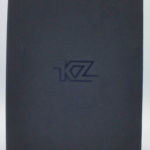
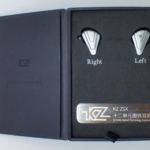
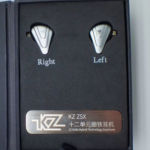
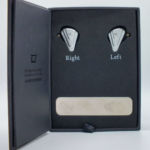
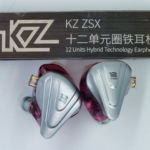
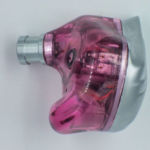
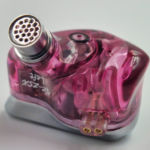
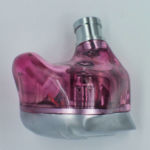
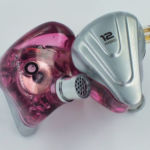

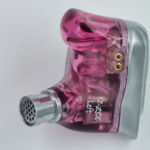
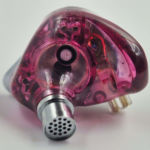
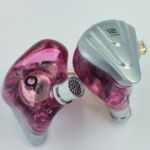

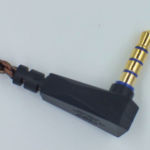
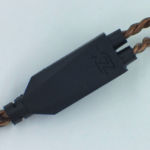
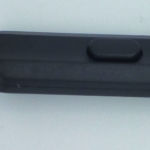
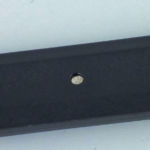
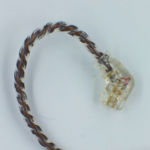

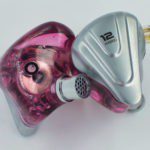
So zsx is slightly better than zs10 pro?
yes, in my experience ZSX is marginally better than ZS10 pro.